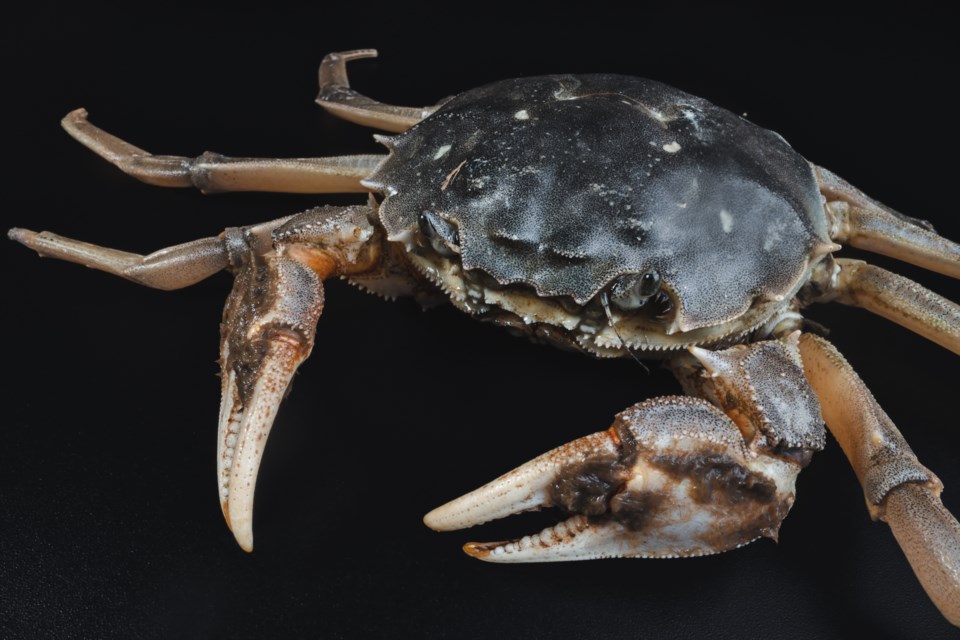Researchers at the Kyushu Institute of Technology and Shandong First Medical University are “upcycling” crab shells to create anode materials for sodium-ion batteries — an up-and-coming competitor to lithium-ion chemistries.
In a paper published in the journal ACS Omega, the scientists explain that although chemically similar to lithium, sodium ions are larger, and thus incompatible with a lithium-ion battery’s anode, which is typically made of graphite. However, when hard carbon is combined with metallic semiconductor materials, such as transition metal dichalcogenides (TMDs), the material can become a feasible battery anode.
Previous research has shown that it is possible to create hard carbon using chitin in crab shells. Thus, authors Yun Chen, Yue Zhao, Hongbin Liu and Tingli Ma decided to explore how two different TMDs — tin sulphide and iron sulphide — could be combined with such hard carbon to make a viable sodium-ion battery anode.
To develop their “crab carbon,” they heated crab shells to temperatures exceeding 1000 F. They then added the carbon to a solution of either tin sulphide (SnS2) or iron sulphide (FeS2), then dried them to form anodes. The porous, fibrous structure of the crab carbon provided a large surface area, which enhanced the material’s conductivity and ability to transport ions efficiently.
When tested in a model battery, the team found that both composites had good capacities and could last for at least 200 cycles.
In the researchers’ view, this work could provide a route to upcycle other wastes and help develop more sustainable battery technologies.



